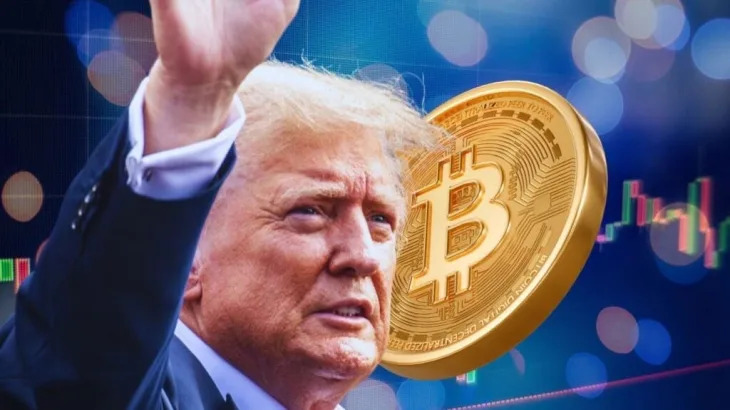By Lindsay Dunsmuir
(Reuters) -Two more Federal Reserve officials on Thursday gravitated toward an interest rate cut next month as solid economic data prompted financial markets to further scale back bets the U.S. central bank would kick off its monetary easing cycle with a bigger-than-usual reduction in borrowing costs.
St. Louis Fed President Alberto Musalem and Atlanta Fed President Raphael Bostic had previously been more wary than many of their colleagues about lowering borrowing costs too soon.
Recent data "has bolstered my confidence" that inflation is returning to the central bank's 2% target rate, Musalem said during an event in Louisville, Kentucky. "It now appears the balance of risks on inflation and unemployment has shifted ... the time may be nearing when an adjustment to moderately restrictive policy may be appropriate."
Musalem, however, was swift to emphasize the economy was still "doing very well" and pointed to positive factors, such as growth in labor supply, as part of the reason for a recent uptick in the unemployment rate to a post-pandemic high of 4.3%.
Investors, who last week were betting the Fed would have to cut rates by half a percentage point at its Sept. 17-18 meeting following weaker-than-expected labor market data, are now pricing in a roughly 75% probability of a quarter-percentage-point cut next month.
The dying down of the clamor for a large rate cut, which reflects encouraging data on inflation, jobless claims and retail sales, could allow Fed policymakers to proceed with their preferred gradual approach in calibrating ongoing policy restrictiveness amid a slowdown in inflation rather than having to respond urgently to prop up the labor market.
The U.S. Labor Department reported this week that the annual increase in the consumer price index slowed in July to below 3% for the first time in nearly 3-1/2 years, while a mild rise in producer prices last month also indicated inflation was firmly back on a downward trend. Meanwhile, weekly jobless claims fell to a one-month low and retail sales surged in July, underlining the continued strength in consumer spending.
"The ongoing resilience of consumer spending should ease recession fears ... the combination of gradually cooling economic growth and inflation justify a measured pace of easing," said Michael Pearce, deputy chief U.S. economist at Oxford Economics.
'THE OTHER SIDE'
The central bank began raising its benchmark overnight lending rate in March 2022, pushing it from the near-zero level to the current 5.25%-5.50% range. It has remained there for the past year.
In an interview published in the Financial Times on Thursday, Bostic also said he is open to a rate cut at the September meeting, a change from his previous expectation for this year of a single quarter-percentage-point reduction in borrowing costs in the fourth quarter.
"Now that inflation is coming into range, we have to look at the other side of the mandate, and there, we've seen the unemployment rate rise considerably off of its lows," he said. "But it does have me thinking about what the appropriate timing is, and so I'm open to something happening in terms of us moving before the fourth quarter."
Bostic, who spoke before the latest jobless claims data was released, added he would consider reducing rates in half-percentage-point increments if the labor market weakens faster than expected.





